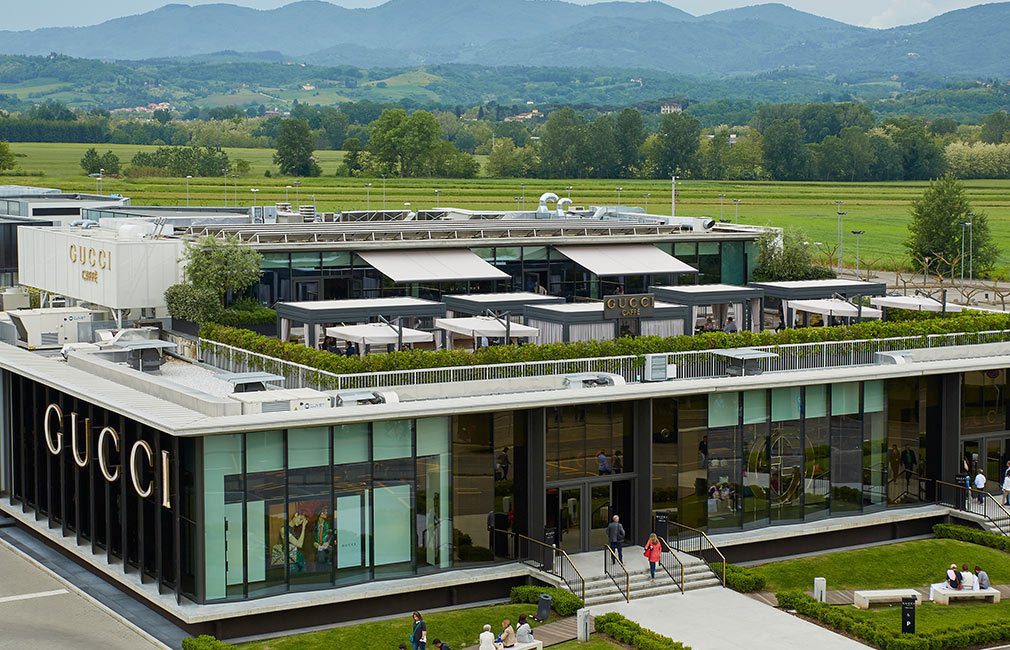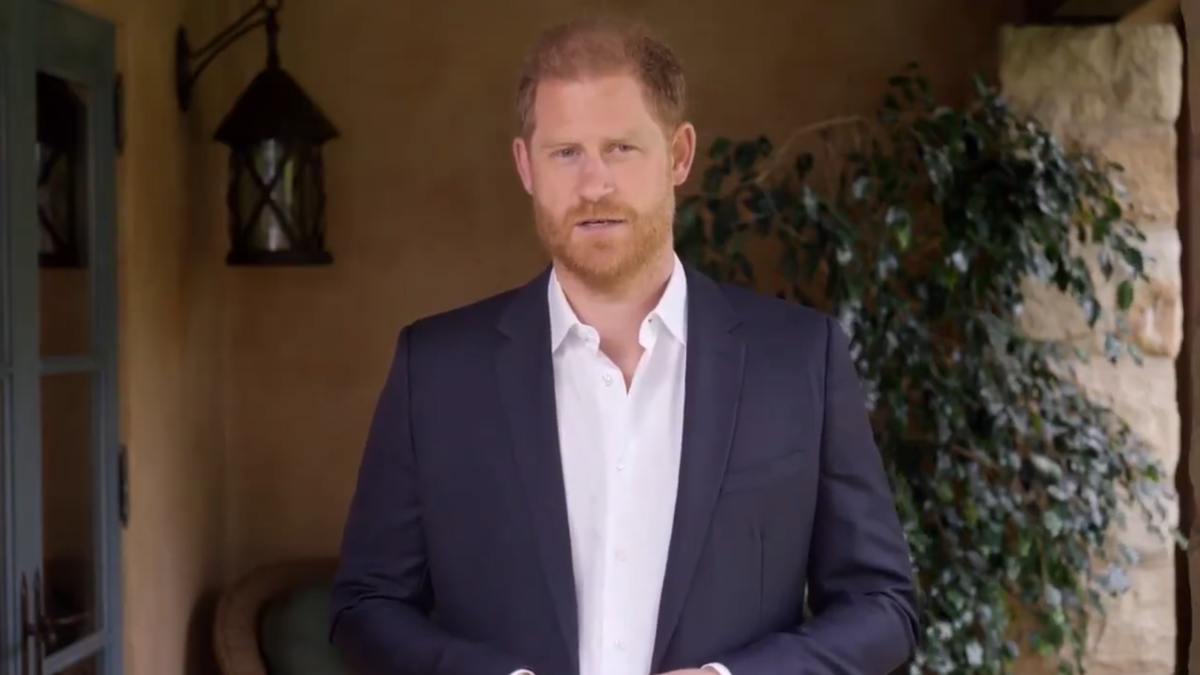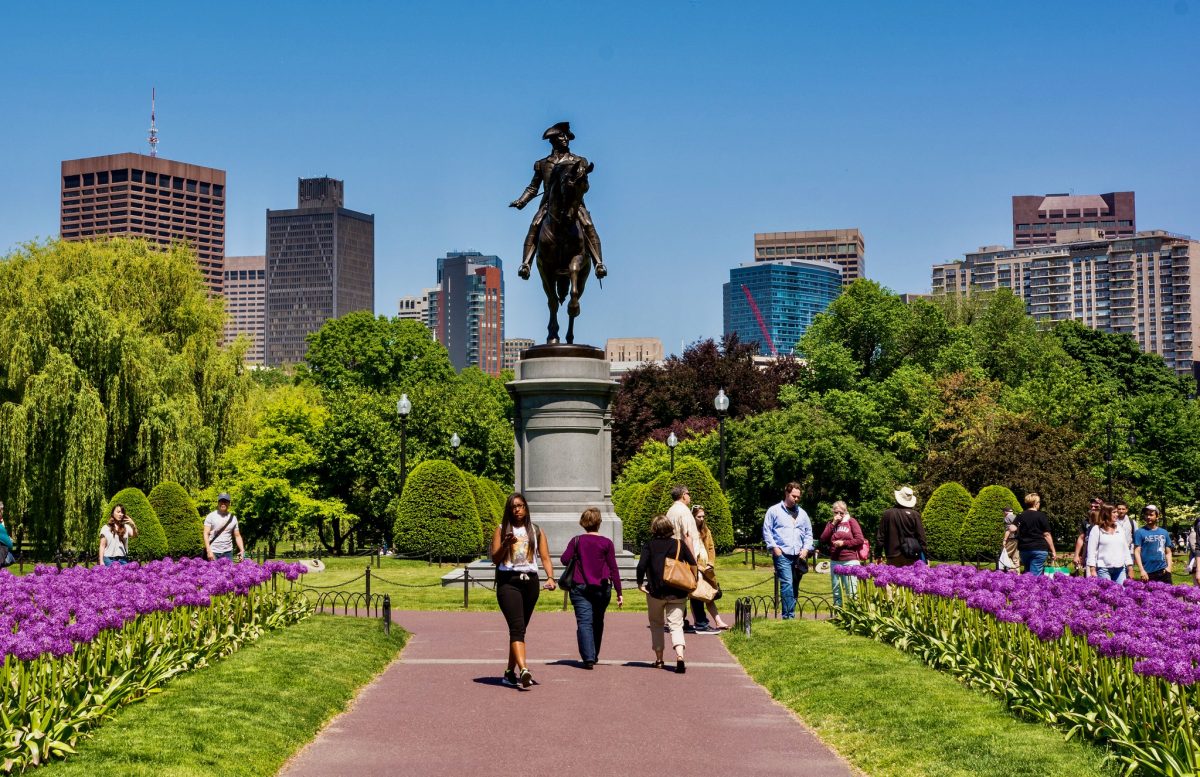What the Growing Market for Luxury Goods Tells the Travel Industry

Skift Take
The market for luxury products is back, according to management consulting firm Bain and Company.
"After a difficult 2016," says Milan-based Bain partner Claudia D'Arpizio, "the first quarter of 2017 brought some relief to the global personal luxury goods market." Extrapolating forward, Bain estimates worldwide growth in the luxury goods market will average two to four percent this year, noting total global spend is likely to range between $284 and $290 billion.
The 2017 Spring Update of The Worldwide Luxury Market Monitor focuses specifically on the market for consumer goods. However, many of its finding are relevant to the luxury tourism sector. For example, according to D'Arpizio and Federica Levato, the lead authors of the study, among the factors that are leading growth rates are a resurgence in Chinese consumer spending at home and abroad, and the return of tourism confidence in Europe.
2016 saw a slowdown in travel to Europe, in large part due to numerous violent incidents. The report says that "Europe is in the midst of recovering from decreased tourist flows in 2016 and is regaining confidence" among both local consumers and international visitors. This is leading to increased luxury spending in key cities like Paris. American tourists are leading the charge, given the strong dollar to euro exchange rate. Due to the tourism influx, along with a combination of other non-travel-related factors, Bain predicts a growth rate in luxury spending of seven to nine percent in Europe this year.
Key Tourism Takeaways
The Chinese will be spending more on luxury goods at home and less while traveling. The report says that while they are also coming back to Europe, they aren't buying as much as they used to there. Instead, the Chinese are increasingly purchasing luxury goods at home. The report notes that "lower price differentials in China are encouraging a flourishing local market" for domestic luxury sales.
The countries that are suffering most from the growth of China's internal luxury market and the decline of external spending are all in the region: Throughout the rest of Asia, Bain expects growth in luxury product spending to be down two to four percent in 2017; in China, though, the in-country spending increase is projected to go up six to eight percent.
The report says the luxury market in the United States continues to under-perform, in part due to the combination of a Trump Slump and a downturn in luxury purchases by international tourists thanks to the "superdollar." The strong dollar is discouraging excessive spending on consumer goods overall, even among the wealthiest tourists. Adding in the potential Trump Slump and a struggling department store sector, Bain is predicting a zero growth rate at best in high-end spending in the United States this year. In the rest of the world overall, Bain predicts flat to two percent growth.




